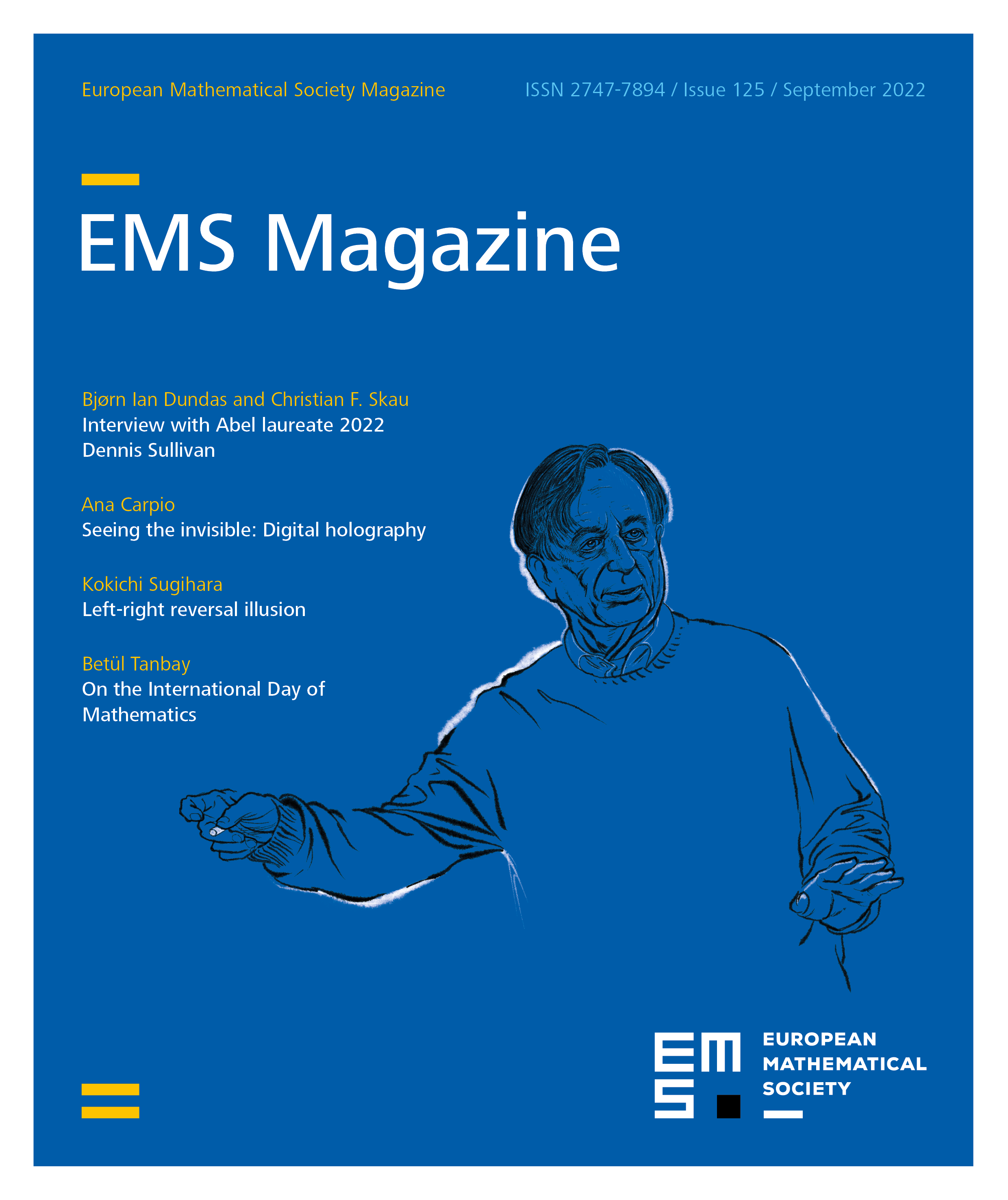Seeing the invisible: Digital holography
Ana Carpio
Universidad Complutense de Madrid, Spain
Abstract
For the past years there has been an increasing interest in developing mathematical and computational methods for digital holography. Holographic techniques furnish noninvasive tools for high-speed 3D live cell imaging. Holograms can be recorded in the millisecond or microsecond range without damaging samples. A hologram encodes the wave field scattered by an object as an interference pattern. Digital holography aims to create numerical images from digitally recorded holograms. We show here that partial differential equation constrained optimization, topological derivatives of shape functionals, iteratively regularized Gauss–Newton methods, Bayesian inference, and Markov chain Monte Carlo techniques provide effective mathematical tools to invert holographic data with quantified uncertainty. Holography set-ups are particularly challenging because a single incident wave is employed. Similar tools could be useful in inverse scattering problems involving other types of waves and different emitter/receiver configurations, such as microwave imaging or elastography, for instance.
Cite this article
Ana Carpio, Seeing the invisible: Digital holography. Eur. Math. Soc. Mag. 125 (2022), pp. 4–12
DOI 10.4171/MAG/99